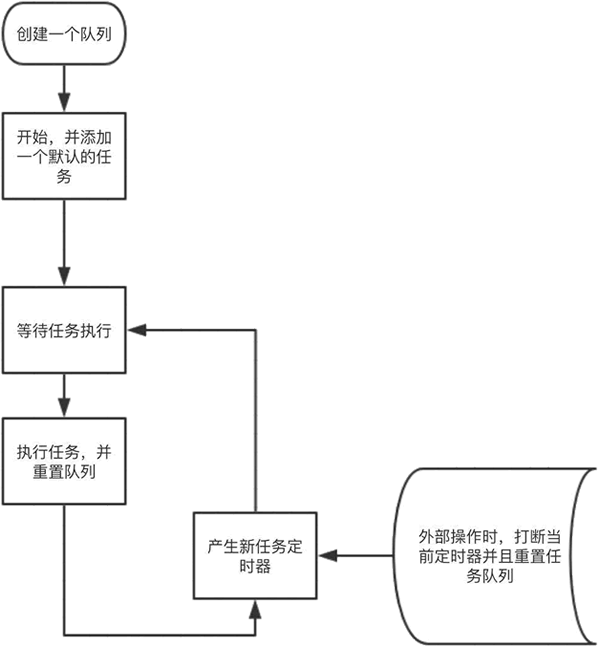返回
2022年09月13日
-
Go语言使用定时器实现任务队列
Go语言中提供了两种定时器 timer 和 ticker,分别是一次性定时器和重复任务定时器。本节咱们主要介绍如何使用Go语言的定时器实现一个任务队列,非常具有实用价值。
Go语言中定时器
一般用法:
package main import( "fmt" "time" ) func main() { input := make(chan interface{}) //producer - produce the messages go func() { for i := 0; i < 5; i++ { input <- i } input <- "hello, world" }() t1 := time.NewTimer(time.Second * 5) t2 := time.NewTimer(time.Second * 10) for { select { //consumer - consume the messages case msg := <-input: fmt.Println(msg) case <-t1.C: println("5s timer") t1.Reset(time.Second * 5) case <-t2.C: println("10s timer") t2.Reset(time.Second * 10) } } }上面代码中的这个 C 是啥呢,我们去源码看看,以 timer 为例:
type Timer struct {
C <-chan Time
r runtimeTimer
}原来是一个 channel,其实有 GO 基础的都知道,GO 的运算符当出现的 -> 或者 <- 的时候,必然是有一端是指 channel。按照上面的例子来看,就是阻塞在一个 for 循环内,等待到了定时器的 C 从 channel 出来,当获取到值的时候,进行想要的操作。
设计我们的定时任务队列
当时的需求是这样,需要接收到客户端的请求并产生一个定时任务,会在固定时间执行,可能是一次,也可能是多次,也可能到指定时间自动停止,可能当任务终止的时候,还要能停止掉。
具体的流程如下图所示:
